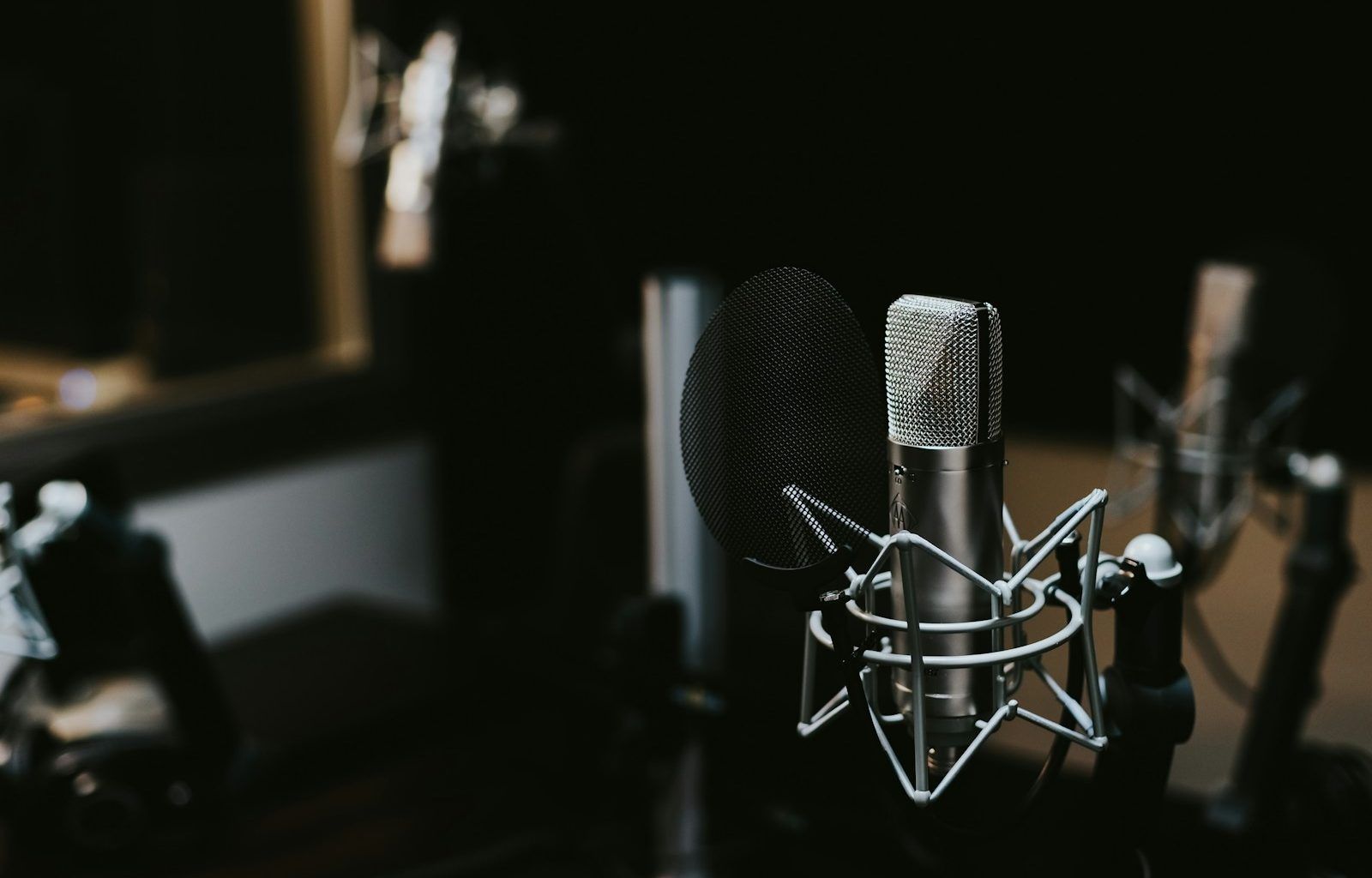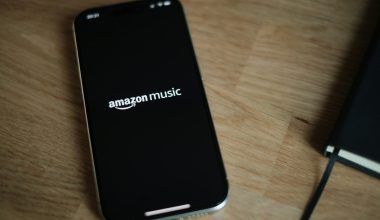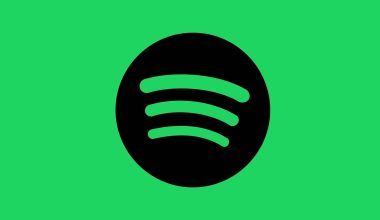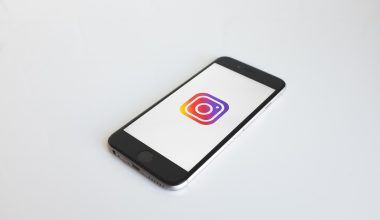In today’s music world, independent artists have the power to reach a global audience and earn money through digital platforms. Whether you’re just starting out or you’ve been creating music for years, learning how to monetize your song on all digital stores is a game-changer. With the right approach, you can distribute your music, protect your rights, and start earning revenue across platforms like Spotify, Apple Music, Amazon, and more.
This step-by-step guide will break down everything you need to know to ensure your song not only gets heard but also pays you for your hard work. By the end, you’ll have a clear roadmap for monetizing your music on digital stores and building a sustainable income from your artistry.
What Does It Mean to Monetize Your Song?
Before diving into the steps, let’s first understand what monetizing your song means. Simply put, monetizing your song involves making it available on platforms where people can stream, download, or license it, generating revenue for every play, purchase, or use. This income can come from royalties, streaming payouts, sync licensing, and other revenue streams.
Step 1: Prepare Your Song for Distribution
The first step in monetizing your song is ensuring it’s ready for digital distribution. Here’s what you need to do:
- Create a High-Quality Recording:
Your song needs to sound professional. Invest in proper mixing and mastering to make sure it competes with other tracks on digital stores. - Choose the Right Format:
Most digital platforms require your song to be in WAV or MP3 format. Stick to a high-resolution file to ensure quality. - Organize Metadata:
Metadata includes information like your song title, artist name, genre, and album artwork. This is critical because digital stores rely on metadata to categorize and display your music.
Step 2: Protect Your Music Rights
To monetize your music effectively, protecting your rights is crucial. Here’s how you can secure your work:
- Copyright Your Song:
Register your song with your country’s copyright office to ensure you own the rights to your creation. - Get an ISRC Code:
An International Standard Recording Code (ISRC) is essential for tracking sales and streams. Most distributors provide this, or you can obtain one independently. - Join a Performing Rights Organization (PRO):
PROs like ASCAP, BMI, or PRS collect performance royalties on your behalf when your song is played on radio, TV, or in public venues.
Step 3: Choose a Digital Distributor
A digital distributor is your gateway to getting your music on all major platforms. Some popular distributors include:
- TuneCore: Known for its user-friendly platform and wide reach.
- DistroKid: Affordable and allows unlimited song uploads for a yearly fee.
- CD Baby: Offers both distribution and physical CD services.
- Ditto Music: A good option for indie artists with competitive pricing.
When choosing a distributor, consider factors like cost, royalty splits, and platform reach. Once you’ve selected a distributor, upload your song, metadata, and album artwork to their platform.
Step 4: Set Up Monetization on YouTube
YouTube is one of the most powerful platforms for monetizing your music. Here’s how to get started:
- Claim Your Content with YouTube Content ID:
This system identifies your music in videos and ensures you get paid whenever it’s used. Most distributors help you set this up. - Optimize Your YouTube Channel:
Create a professional channel with a recognizable name, branding, and links to your music. - Upload Lyric and Official Videos:
Videos drive engagement and help fans connect with your music.
Step 5: Register Your Music for Royalties
To maximize your earnings, you need to register your music with royalty collection agencies. This ensures you get paid for every stream, performance, or sync usage.
- SoundExchange: Collects digital performance royalties for non-interactive streaming platforms like Pandora.
- Mechanical Licensing Agencies: Platforms like Harry Fox Agency or Songtrust help collect mechanical royalties for your music.
Step 6: Promote Your Song Across Platforms
Monetizing your song goes hand-in-hand with promoting it effectively. Here are some strategies:
- Leverage Social Media: Share behind-the-scenes content, teasers, and links to your song. Platforms like Instagram, TikTok, and Facebook are ideal for reaching your audience.
- Collaborate with Influencers: Partnering with influencers can amplify your reach and bring new listeners to your song.
- Submit to Playlists: Platforms like SubmitHub allow you to pitch your song to playlist curators for better visibility.
Step 7: Monitor and Analyze Your Revenue
Once your song is live, it’s essential to track its performance and revenue. Most distributors provide analytics tools to help you understand where your streams and downloads are coming from. Use this data to:
- Identify which platforms and regions generate the most revenue.
- Tailor your promotional efforts to target high-performing areas.
- Plan future releases based on listener behavior.
Step 8: Expand Your Revenue Streams
Monetizing your song on digital stores is just the beginning. Explore these additional revenue opportunities:
- Merchandising: Sell merchandise like t-shirts, posters, or vinyl records.
- Sync Licensing: License your music for use in films, ads, or video games.
- Crowdfunding: Platforms like Patreon or Kickstarter allow fans to support your music directly.
Step 9: Build Your Fanbase for Long-Term Success
Earning money from your music isn’t just about one song. Building a loyal fanbase ensures consistent income and opportunities.
- Engage with Fans: Respond to comments, share stories, and create a connection with your audience.
- Host Live Performances: Live shows and virtual concerts can boost your earnings and strengthen fan loyalty.
- Offer Exclusive Content: Give fans access to unreleased tracks, private Q&A sessions, or exclusive merchandise.
Conclusion
Monetizing your song on all digital stores is a rewarding journey that opens up countless opportunities for artists. By following these steps—preparing your music, protecting your rights, distributing your songs, and promoting them—you can turn your passion into a sustainable source of income.
Remember, the key to success lies in consistency and staying informed about the latest trends in the music industry. Now that you know how to monetize your song on all digital stores, it’s time to take action and share your music with the world.
For further reading, explore these related articles:
- The Rise and Impact of Lil Nas X
- Spotify Loud and Clear: Bridging Artists and Listeners
- How Much Does YouTube Music Pay Per 1000 Streams?
For additional resources on music marketing and distribution, visit DMT Records Private Limited.






